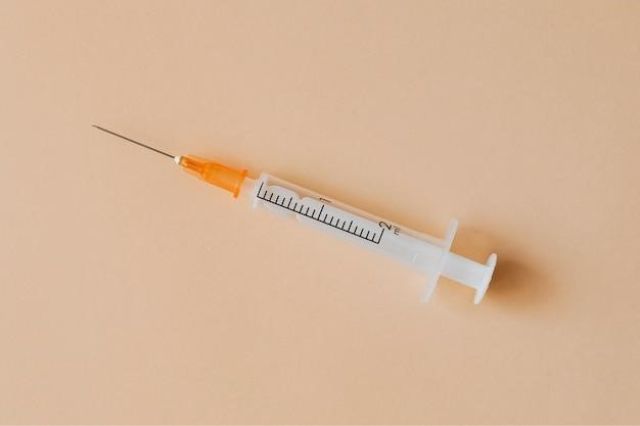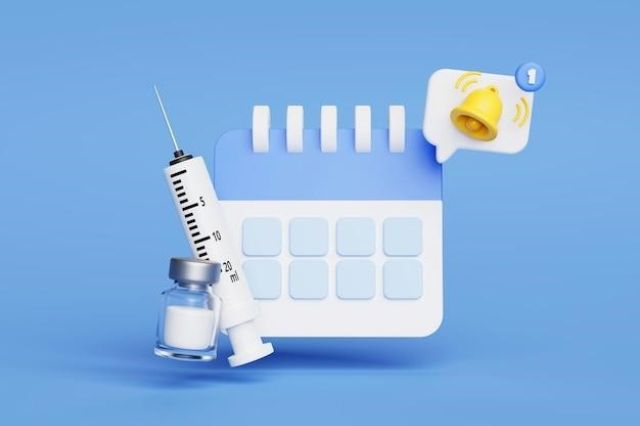Medical needles are a crucial component of many medical procedures, from injections to blood draws. There are various types of medical needles, each with its unique design and intended use.
Understanding the different types of medical needles at https://ukmedi.co.uk/collections/syringes can help medical professionals choose the right needle for each patient, ensuring optimal patient comfort and safety during procedures.
One of the most common types of medical needles is the hypodermic needle, which is used for subcutaneous, intramuscular, and intravenous injections. Hypodermic needles come in different sizes, with the gauge of the needle determining its thickness.
The larger the gauge number, the thinner the needle. Thinner needles are less painful but may be less effective for administering thicker medications.
Another type of medical needle is the suture needle, which is used for stitching wounds. Suture needles have a triangular shape and come in various sizes, with the needle’s curvature and shape depending on the intended use. Suture needles can be straight or curved, with the latter being more common for surgical procedures.
Types of Medical Needles and Their Uses
Medical needles are used for a variety of purposes, including injections, blood samples, and biopsies. There are different types of medical needles available, each with its own unique design and use. In this section, we will discuss the most common types of medical needles and their uses.
Hypodermic Needles
Hypodermic needles are the most commonly used type of medical needles. They are used for injecting medication into the subcutaneous tissue, intramuscular tissue, or veins. Hypodermic needles come in different sizes, ranging from 18 gauge (thick) to 30 gauge (thin). The size of the needle depends on the type of injection and the patient’s age and size.
Biopsy Needles
Biopsy needles are used to extract tissue samples from the body for diagnostic purposes. They are typically used to diagnose cancer or other diseases. Biopsy needles come in different sizes and types, including fine-needle aspiration (FNA) needles and core biopsy needles. FNA needles are thin and used for extracting small tissue samples, while core biopsy needles are thicker and used for extracting larger samples.
Insulin Needles
Insulin needles are used to inject insulin into the body for the treatment of diabetes. They are typically shorter and thinner than other types of needles and come in different sizes, ranging from 28 gauge to 31 gauge. Insulin needles are designed to be used once and then disposed of.
Suture Needles
Suture needles are used to stitch wounds and close incisions. They come in different sizes and shapes, including straight, curved, and half-curved. The type of suture needle used depends on the location and type of wound.
Butterfly Needles
Butterfly needles are used for drawing blood samples from the veins. They are typically smaller and thinner than hypodermic needles and are designed to be less painful when inserted into the skin. Butterfly needles are also commonly used for patients with small or fragile veins.
Understanding Needle Sizes and Gauges

Gauge System
Medical needles come in a variety of sizes and gauges. The gauge of a needle refers to the diameter or width of the hole in the needle. The higher the gauge number, the smaller the hole and the thinner the needle. High gauge needles may be required for use on smaller areas of the body with smaller veins such as the hands or feet. The most common needle gauges used in medical procedures are 18, 20, 22, and 25 gauge.
Length and Diameter
Needles also come in different lengths and diameters. The length of a needle is measured in inches and can range from 0.5 inches to 3 inches. The diameter of a needle is measured in gauges and can range from 13 gauge to 30 gauge. The length and diameter of a needle will depend on the type of procedure being performed, the size of the patient, and the location of the injection site.
Selecting the Right Needle for Patient Comfort
Selecting the right needle for a patient can greatly impact their comfort during a medical procedure. A larger gauge needle may cause more pain, discomfort, and bruising, while a smaller gauge needle may take longer to administer medication. It is important to consider the patient’s body size, the location of the injection site, and the medication being administered when selecting a needle size and gauge.
In general, a 22 gauge needle is a good all-purpose needle size for most medical procedures. It is large enough to administer most medications and small enough to minimize pain and discomfort for the patient. However, for patients with smaller veins or for procedures that require more precision, a smaller gauge needle may be necessary.
Conclusion: Needle Composition and Structure

Materials Used in Needle Manufacturing
Medical needles are typically made from high-quality stainless steel, which is known for its strength, durability, and resistance to corrosion. Stainless steel needles are also easy to sterilize and can be reused multiple times, which makes them a cost-effective option for healthcare providers.
Anatomy of a Medical Needle
A medical needle consists of several components that work together to perform a specific task. These components include the hub, shaft, bevel, lumen, and sharp point.
The hub is the part of the needle that attaches to the syringe or other device used to deliver medication or take a sample. The shaft is the long, thin part of the needle that extends from the hub to the sharp point.
The bevel is the angled tip of the needle that allows it to penetrate the skin or other tissue with minimal resistance. The lumen is the hollow space inside the needle that allows fluids or other materials to flow through it.
The sharp point of the needle is designed to penetrate the skin or other tissue with minimal discomfort to the patient. However, sharp needles can also pose a risk of injury to healthcare workers or others who come into contact with them. To reduce this risk, many medical facilities now use safety needles, which are designed to retract or otherwise prevent accidental needlesticks.